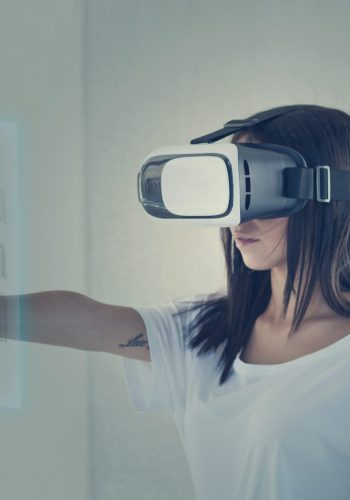5 steps to optimize your in-store communication strategy.

Embracing the analogue/mobile mix
In-store communications must be revamped to reflect the new “phygital” environment
Despite the proliferation of online shopping and alternate fulfillment methods brought on by the pandemic, physical shoppers are back. Across generations, 68% of shoppers visit stores at least once a week. And they aren’t alone.
Smartphones are now an integral part of the in-store experience. 55% of shoppers are using their mobile phones in stores yet only one-third feel that their phones can function as a supplement for signage in finding what they’re looking for.
Looking ahead to what’s next, we need to consider how to approach retail communication as “phygital,” acknowledging that signage and wayfinding are both still critical components but that mobile also needs to be integrated into the overall communication system—and supported by retail-focused content.
Conducted in partnership with Big Village, this research draws on the results of an online omnibus CARAVAN® survey with 1,007 demographically representative U.S. adults ages 19 and older.


